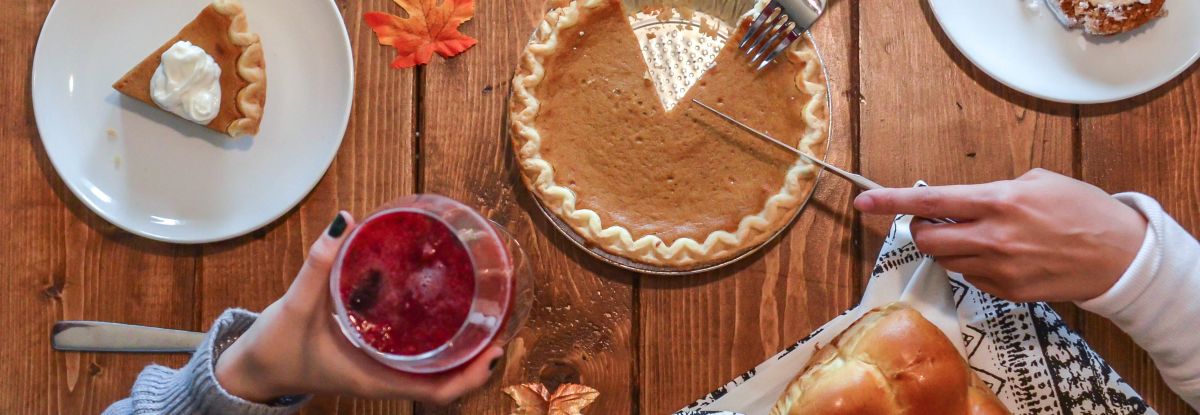Does Thanksgiving Need a Reconsideration?
In the United States, Thanksgiving is an opportunity to get together and share a meal with family and friends. The name proclaims it a day of giving thanks for all that life, or a religious figure has given. Many families have traditions that stem out of Thanksgiving Day celebrations. But not everyone believes that Thanksgiving exudes the warmth that a golden-brown turkey leg does.
The traditional Thanksgiving story is a story of friendship and understanding in modern-day Massachusetts between English Puritan settlers known as Pilgrims and the native Wampanoag people. The Pilgrims arrived at Plymouth in the early 1600s, and through human compassion, Native Americans taught them how to fish and how to grow corn to sustain themselves. In November 1621, the Pilgrims had their first successful harvest and invited the Wampanoag people for a three-day celebration and feast.
Despite this, many historical scholars say that what actually happened at Plymouth paints a far more complicated scene. The traditional story is well known, but what is not are the events that ensued before November 1621 and after.
In an interview with Smithsonian Magazine, David Silverman, author of This Land Is Their Land: The Wampanoag Indians, Plymouth Colony, and the Troubled History of Thanksgiving offers a different perspective on the reasons why the Wampanoag reached out to the Pilgrims. According to him, “It’s because his people have been decimated by an epidemic disease, and Ousamequin sees the English as an opportunity to fend off his tribal rebels.” (Bugos) Given the time period, it’s most likely this disease was smallpox.
In addition to supporting Silverman’s claim of disease, National Geographic also says that “Europeans commonly enslaved Native Americans, sometimes to work in the Colonies, sometimes for sale overseas” (Silverman). The article also goes on to say that Tisquantum, a Native American who was a translator and a middleman for the Pilgrims and the Wampanoag and commonly known as Squanto, had been “seized in 1614 by the English and sold into slavery in Spain.”
Some claim the years after Plymouth weren’t pretty, either. According to Wikipedia, in 1636, a member of the Pequot tribe murdered a resident of the nearby Connecticut Colony, and as a result, over 1,500 members of that tribe were murdered and more enslaved in what came to be the Pequot Massacre. Governor William Bradford, who planned the original celebration at Plymouth, that Thanksgiving, from that point forward, would be celebrating “the bloody victory, thanking God that the battle [against the Pequot] had been won.” Today, several Native Americans view Thanksgiving as a National Day of Mourning for the land, culture, and people they have lost.
It is clear that Governor Bradford’s wishes did not come to complete fruition, as a majority of It is clear that Governor Bradford’s wish did not come to fruition, as a majority of Americans associate the holiday with things like family and friends, gathering around a meal, watching the Macy’s Day Parade or another televised event, and generally giving thanks for the good things in life. But seeing the whole historical picture is something that is necessary to be able to move towards a better future as humans. Now that is something to be thankful for.

